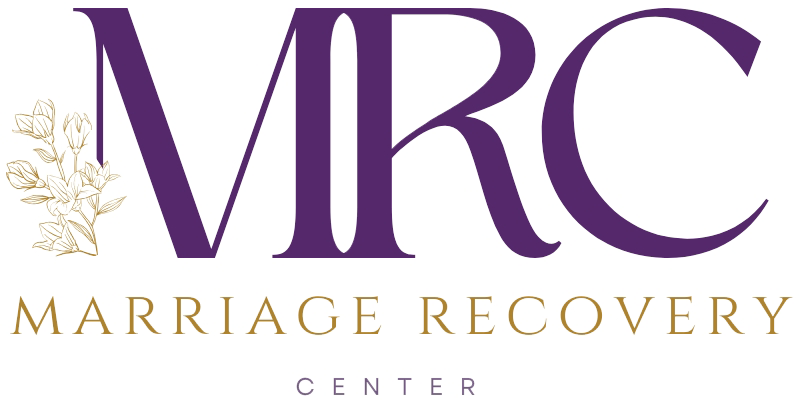Relationship stress doesn’t just take a toll on your emotional and relational health, it takes a toll on your physical health as well. Dr. Hawkins talks about the physical impact of emotional abuse, the connection between emotional abuse and CPTSD, and the importance of taking a holistic approach to healing that looks at how victims are impacted emotionally, physically and spiritually.
The Physical Impact of Emotional Abuse
Emotional abuse, particularly in the context of narcissistic relationships, has long been an understated and overlooked facet of psychological trauma. While the emotional toll of such abuse is widely recognized, the physical repercussions have often been disregarded. It’s high time we shed light on the physical impact of enduring emotional abuse and the steps to recovery.
Understanding the Physical Impact of Emotional Abuse
Emotional abuse and narcissistic relationships create a chronic state of stress for those ensnared within them. This ongoing stress is like a relentless assault on one’s well-being, and it should come as no surprise that it leaves an indelible mark on the body. This phenomenon has recently been termed Complex Post Traumatic Stress Disorder (CPTSD), as it encompasses the relentless, long-term nature of the emotional turmoil inflicted by narcissistic individuals.
The physical manifestations of CPTSD are diverse and widespread. Victims often experience eating disorders, stomach ailments, skin reactions, sleep disturbances, concentration problems, and heart disease. The immune system becomes compromised, leaving individuals more susceptible to illness. Women, in particular, face an increased risk of heart disease, hair loss, poor digestion, irregular periods, and a range of emotional and physical disorders, including anxiety, depression, Lyme disease, and chronic fatigue syndrome. It’s an alarming list of health concerns that underscores the severity of the problem.
Steps to Recovery
Recognizing the physical toll of emotional abuse is crucial, but it’s only the first step toward healing. To embark on the path to recovery, both survivors and professionals must take certain measures:
- Thorough Self-Examination: If you have experienced emotional abuse, it’s essential to reflect on your physical well-being. Is your body signaling that something is amiss? Acknowledging these physical symptoms is the first step towards understanding the depth of the issue.
- Compassionate Listening: Professionals should approach survivors with empathy and understanding, not criticism or judgment. Survivors of emotional abuse need validation and compassionate support as they navigate the complex path to healing.
- Holistic Support: Recovery from emotional abuse requires a multifaceted approach. Seek out therapists who specialize in narcissistic and emotional abuse, as well as physicians or alternative medicine practitioners who can address the physical repercussions. Spiritual guidance and support also play a crucial role in the healing process.
- Recognizing Symptoms: Survivors must be vigilant in recognizing both emotional and physical distress. Understanding that your body is reacting to the ongoing abuse is key to taking appropriate action.
- Creating Safe Spaces: It’s essential to find safe spaces where survivors can distance themselves from the chaos and receive support. These spaces should facilitate discussions about emotional, spiritual, and physical well-being. Trauma work often becomes a necessity to address the deep wounds inflicted by emotional abuse.
- Intervention: Recovery requires intervention and a cessation of the abuse. Though it demands additional energy, it’s crucial to muster the strength to seek help and create a safe environment. Only then can healing truly begin.
In conclusion, the physical impact of emotional abuse is a harsh reality for many survivors. Understanding and acknowledging this aspect of abuse is the first step toward recovery. It’s imperative that survivors and professionals work together to provide the necessary support and interventions to heal both emotional and physical wounds. Remember, your body is sending you signals for a reason – listen, heal, and reclaim your well-being.
To learn how we can help, reach out to us at (206) 219-0145 or info@marriagerecoverycenter.com to speak with a Client Care Specialist
Also read: What are the Effects of Porn on Marriage?
About Dr. Hawkins:
The internet is inundated with hyperbole and misinformation about narcissism, leaving many people confused and hopeless. Get the facts on narcissism and emotional abuse from someone who has been researching, writing about and treating narcissism and emotional abuse for over a decade.
Dr. Hawkins is a best-selling author and clinical psychologist with over three decades of experience helping people break unhealthy patterns and build healthier relationships.
He is the founder and director of the Marriage Recovery Center and the Emotional Abuse Institute which offers education, training and counseling for people who want to break free of, and heal from, emotional abuse. Whether the perpetrator of the abuse is your spouse, partner, parent, boss, friend or family member, we offer practical advice for anyone trapped in a toxic, destructive relationship.
In addition to narcissism & emotional abuse, you’ll learn about the lesser known forms of abuse, including covert abuse, reactive abuse, spiritual abuse, secondary abuse, relationship trauma and much more.







